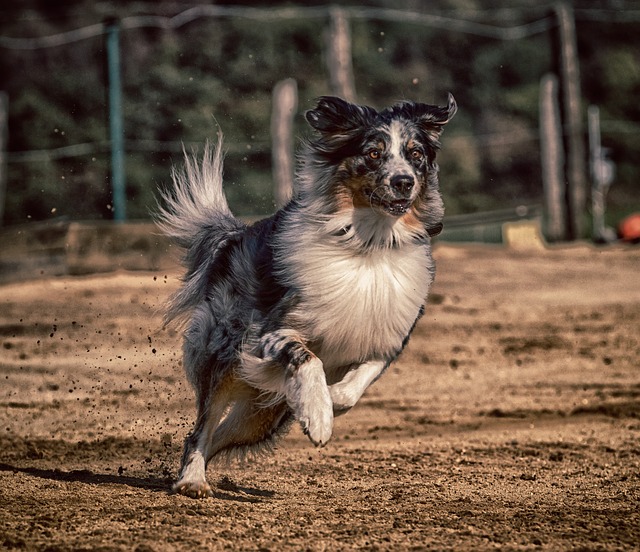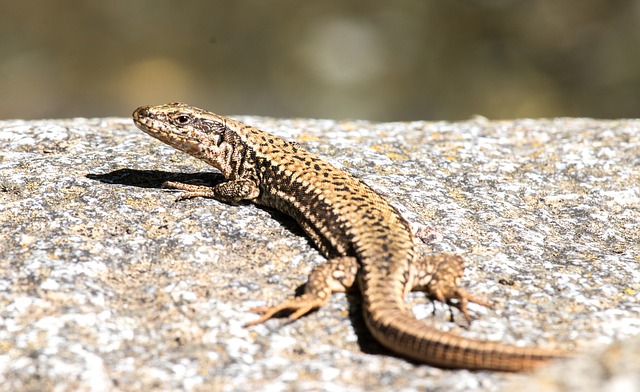03 Mission Instructions
Your mission is to develop a robot that mimics how an animal responds to light in its environment.
For additional Biomimcry resources, check out the GoBox course summary page.
1. Problem

Have you ever watched an animal? Maybe you’ve seen a pet run excitedly to their food bowl at meal time, or accidentally startled a rabbit who ran away from you. Maybe you’ve been to a zoo or park recently and can picture other animal behaviors like lizards laying in the sun, or birds bobbing for fish.
Animals seem very different from the robots we’ve been programming. Our robots do exactly the same thing every time we run the program — following each of our commands in the same way. Animals seem totally unpredictable – never doing exactly the same thing twice. Is it even possible that a robot could copy an animal’s behavior?
To answer this, we need to think about what animals are doing in the world. Animals respond to information they gather with their five senses. They may listen for sounds that alert them to predators, move towards the warmest spot on a rock to raise their body temperature, or sniff the air for the scent of their prey. All these behaviors in animals are driven by information gathered from the world around them.
Remember that robots can gather information from the world around them, too. They use sensors instead of eyes and ears, and they can react in many ways like using motion, lights, or sounds.
There are even robots that try to behave like animals. Biomimicry is the name of a real scientific field that helps scientists solve problems by using strategies from nature. Studying how animals move through the water might help us design faster and more efficient submersible vehicles. Understanding animal (and plant) responses to light might help develop better technology to efficiently collect solar energy.
Today, you are an engineer working to develop a robot that mimics how an animal responds to light in its environment.

Maybe your robot creature will be timid and nocturnal, fleeing from the light and finding dark places to hide. Or your robot creature might be cold-blooded, following the sun to find a warm place to nap.
You might have your own idea that will help you create a robot creature that behaves in its own unique way. No matter what animal you choose, your work on this project could help develop more creative solutions to solar energy problems in the future.